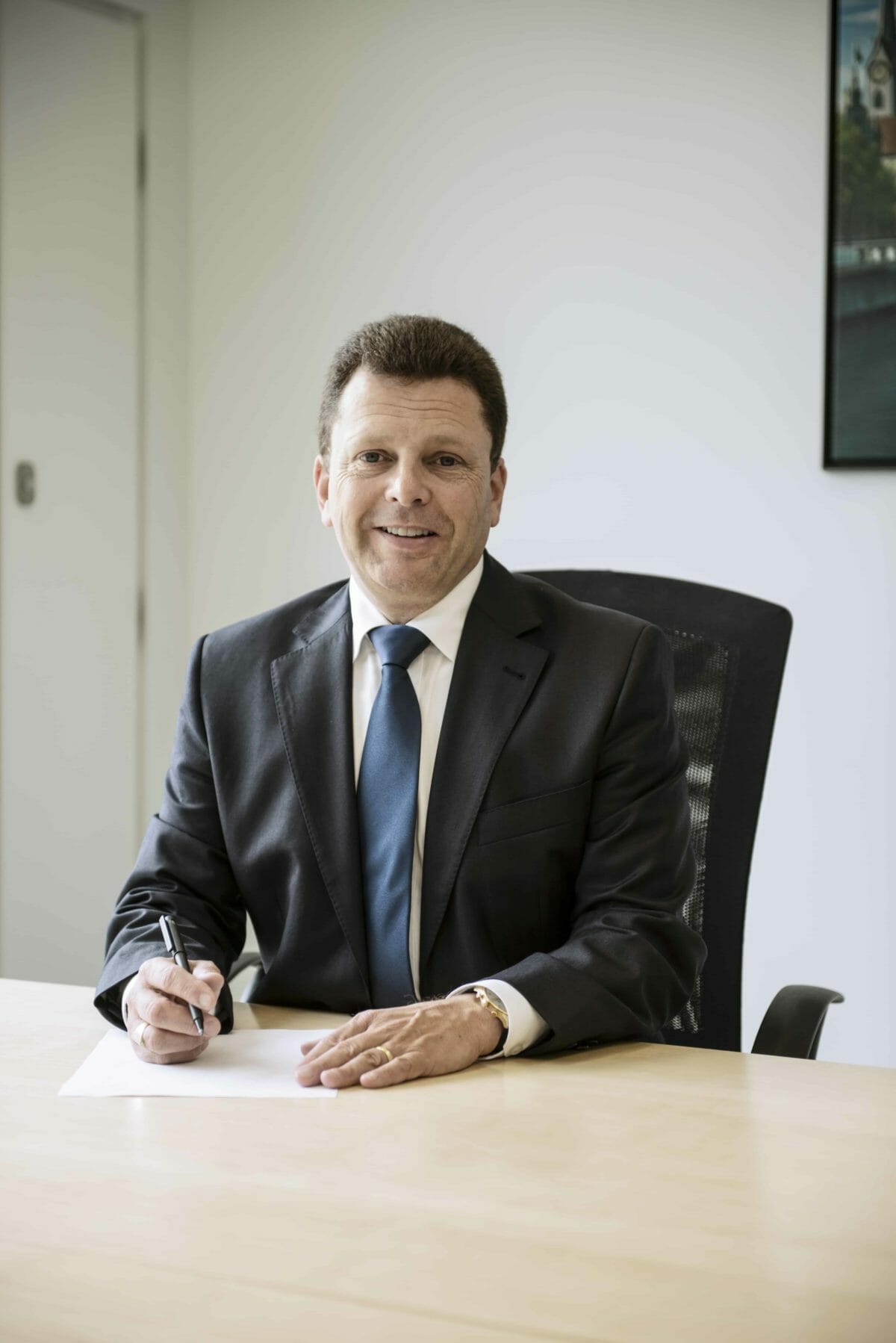At Complementa we have been collecting data on Swiss pension funds for the last 25 years. Our latest 25th annual risk check-up study draws on information from 437 Swiss pension providers with an aggregated balance sheet total of CHF 649.1 billion ($250 billion). Our findings show that Swiss pension funds had a successful first eight months of 2019. Moreover, although the Swiss pension sector has always been characterised by a balanced investment mix an important trend is emerging: funds are increasing their allocations to alternatives.
The asset structure of Swiss pension funds has traditionally been equally balanced between fixed income, equities and real estate. Today some changes in the choice of investment instruments are starting to emerge.
Most striking is the emergence of alternative investments. Swiss pension funds have begun to give a higher weight to alternative investments with alternatives now accounting for on average 10 per cent of a typical pension fund’s total assets putting alternative allocations in the double digit range for the first time. The proportion of pension funds with an alternatives quota above 10 per cent has risen from 13 to 25 per cent in the last four years. Around 9 per cent of all pension funds currently exceed the BVV2 category limit of 15 per cent in alternatives.
Swiss pension funds are also increasingly investing abroad, even though there was a slight decline in 2018 – something we attribute to lower valuations in equities. Nevertheless, the share of foreign investments has more than doubled since 1995 from 19.8 per cent to 48.9 per cent. The reduction of a “home bias” is particularly pronounced in equities. Whereas in 1995 domestic Swiss equity typically accounted for 63 per cent of a pension funds’ equity allocation, today this stands at 32 per cent.
Although foreign investment is increasing, Swiss funds are not increasing their foreign currency exposure. On the contrary, foreign currency ratios have been gradually reduced from 28.7 per cent to 14.6 per cent since 2006, thus reaching a new low.
Widening definition
In Switzerland the term “alternative investments” has long been a synonym for the three categories: hedge funds, commodities and private equity. However this is no longer the case. While the three categories covered more than 90 per cent of alternative investments by 2010, the figure is now only 55 per cent.
Alternative categories have increased to span private debt, insurance-linked securities and infrastructure.
In these categories, the increase in total investment is attributable to both funds’ increasing their allocations and and initial investments for the first time. In the case of commodities and private equity, the amount of pension funds allocating remains constant at on average 34 per cent. In the case of hedge funds, less pension funds are allocating with the ratio continuing to decline slightly. Whereas until 2012 every second fund was invested in hedge funds, six years later it was only 37 per cent
Hedge funds experienced a real boom after the equity crash in 2001 and 2002, in which they proved to be extremely crisis-resistant. In the last few years however, many Swiss funds started to avoid hedge funds. Nevertheless, hedge funds remain by far the largest category among alternative investments, particularly popular with larger funds.
Funds in investing more in private equity
The investment volume in private equity is much more constant than in other alternative investments and has remained above one percent since 2007. In the last three years, however, the ratio has risen significantly and reached 2.0 per cent for the first time in 2018. Investing in private equity is often linked to minimal investment volumes, which make it more difficult for smaller pension funds to be invested.
Parallel to the rising commodity prices until 2008, numerous pensions funds built up their commitments. As a result of the sharp drop in prices, the weight has fallen again in recent years. Additional divestments are pushing the ratio down from 2.3 per cent in 2010 to 1.3 per cent today.
Four years ago private debt was still of secondary importance with an investment weight of around 0.3 per cent. Now the average allocation has since risen significantly to 1.2 per cent making private debt the fourth largest subcategory within alternative investments. However, the high demand for these products and the general interest rate situation has put pressure on yields in the recent past, which is likely to hamper further growth.
In the meantime, more than one per cent of pension fund assets are invested in infrastructure. Similar to private equity investments, access to this category is difficult for small funds. Small and medium-sized funds have investment ratios of 0.3 per cent and 0.7 per cent respectively.
Around 30 per cent of Swiss funds now hold investments in Insurance Linked Securities (ILS) in a growth trajectory fuelled by the low level of interest rates. ILS are also very popular with small pension funds, as access is comparatively easy. Among small pension funds, ILS are now the most popular subcategory among alternative investments.
Real estate
One notable trend is within real estate. Twenty-five years ago, Swiss pension funds’ real estate investments consisted almost exclusively of direct real estate holdings. Gradually, funds increased their indirect allocations and now the share of indirect real estate investment has grown from 0.7 per cent in 1995 to 11.8 per cent of real estate allocations. By contrast, the share of direct investments has more than halved in the same period from 20.3 per cent to 8.6 per cent. Pension funds are also increasing their allocations to foreign real estate in a trend that is gaining some momentum. Over the past two years, the share of foreign real estate has risen from 2.1 per cent to 3.0 per cent. However, pension funds’ domestic bias in this asset class remains high compared with their equity and fixed income investments with the bulk of their property investments in Switzerland.
Heinz Rothacher is chief executive of Complementa AG.



